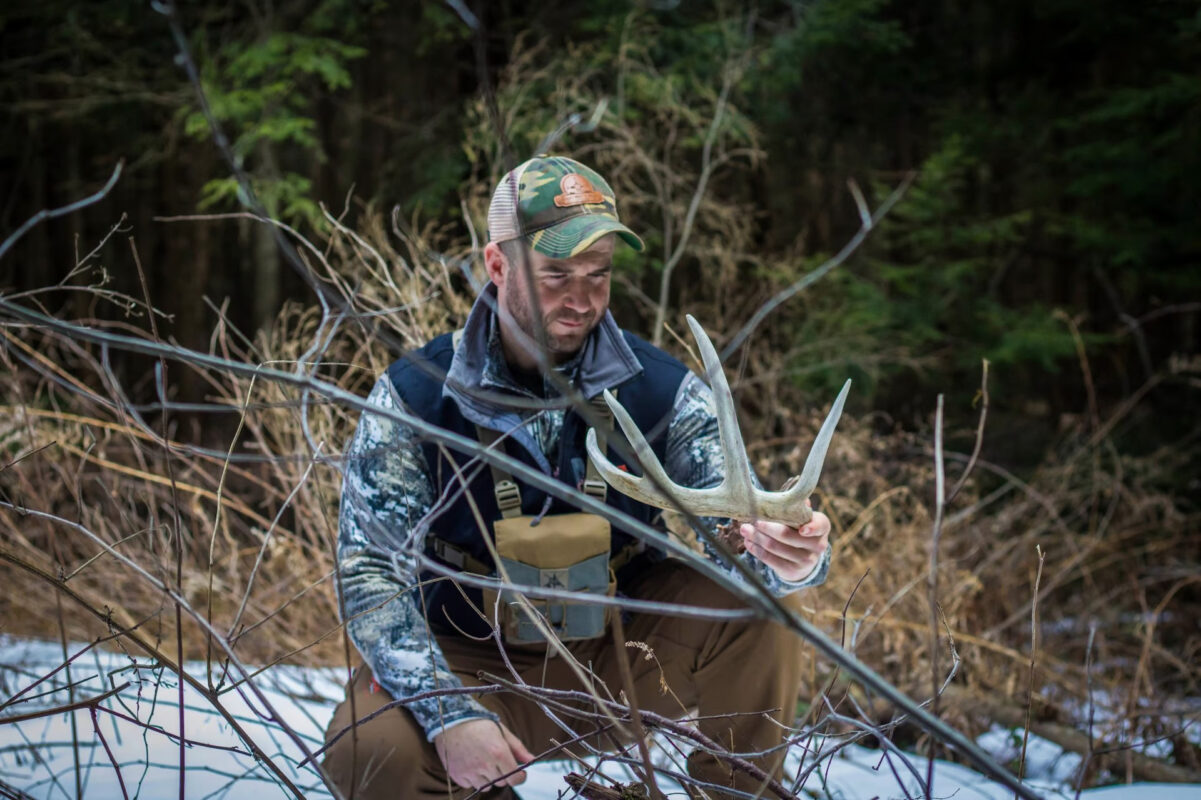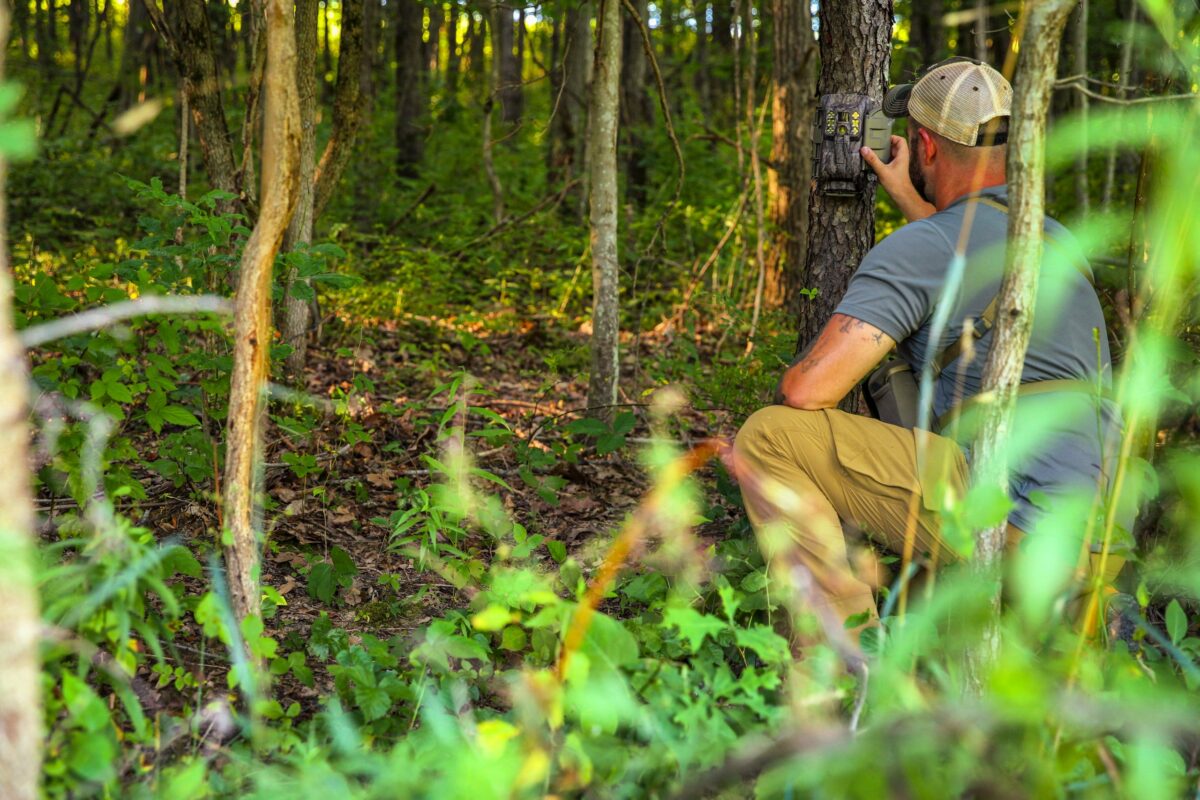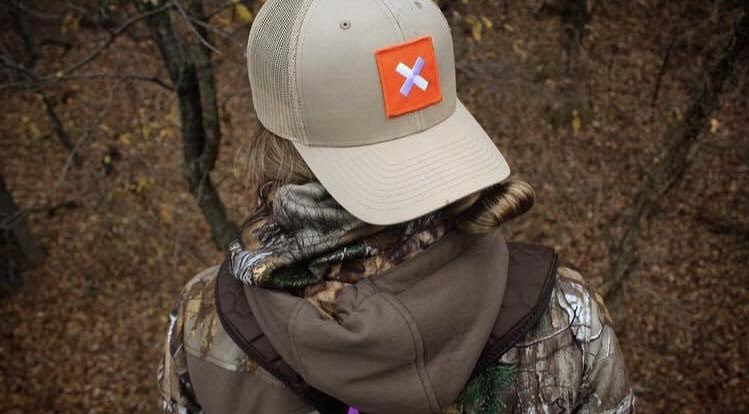FALL FOOD PLOT SUCCESS!
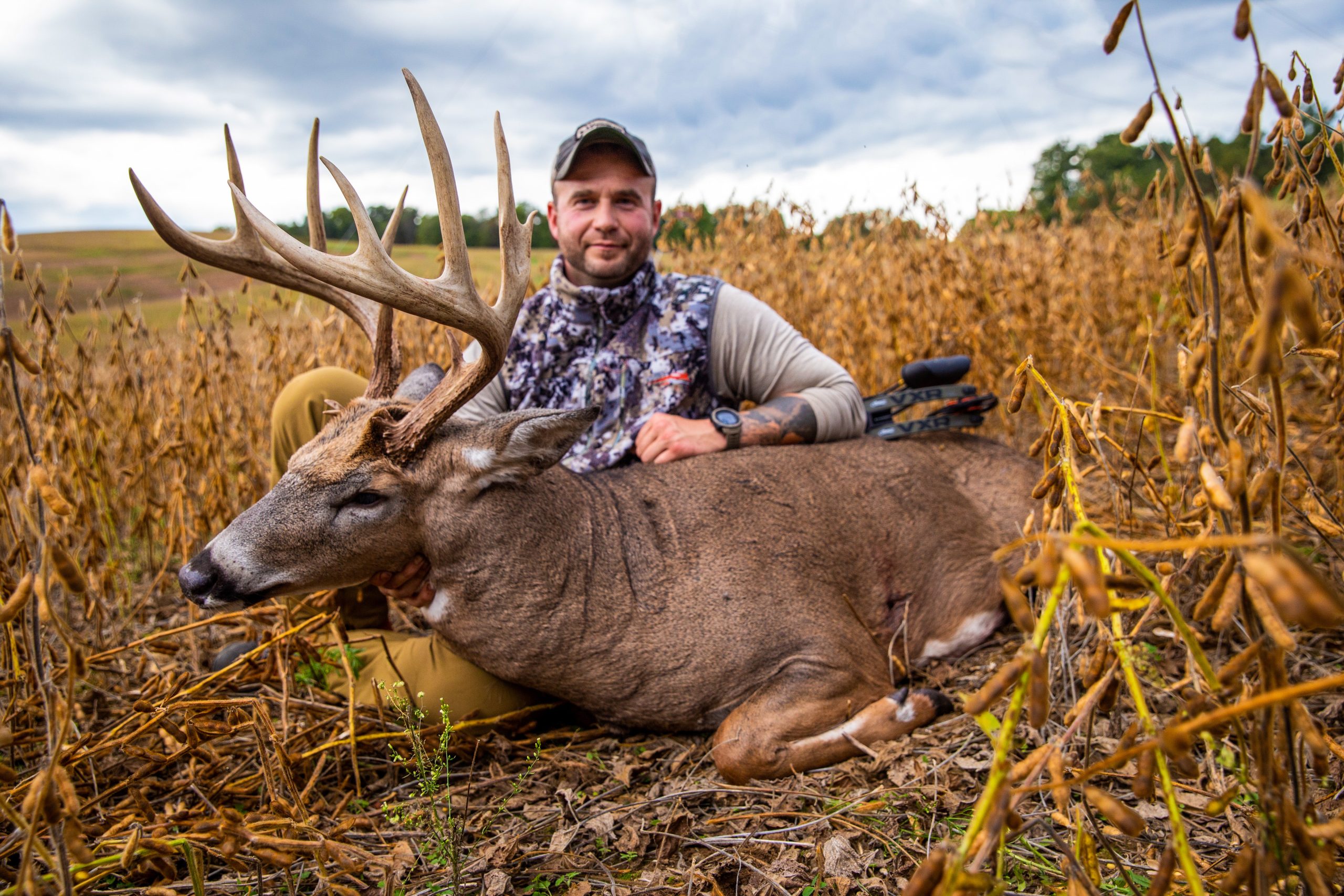
Fall Plot Trap!



Tis the season! RIGHT NOW to get those Fall Foodplots in the ground and ready to rock! We have sprayed our ground, turned over the soil, spread the fertilizer and seed and NOW will pray for rain and good weather to grow what we have sown into the ground! Our hopes and dreams are that all of this hard work will pay off AND a big buck will make his last mistake because of our hard work and efforts! But, have we put a solid plan together for our Food Plot? Or have we just thrown some seed down and are hoping for the best? When it comes to fall food plots, my mind immediately goes to secluded kill plots and plots that serve a soul purpose of attracting a large number of deer on our property that winter. Both of these scenarios, stack the odds in our favor of punching that coveted buck tag! So, do our planting plans now equate to success later? Only YOU can decide that.
A Rhyme and a Reason
 When I start mapping out where I want to put in a fall food plot I start immediately thinking about the kind of deer that I am targeting. For example, if I’m targeting a specific buck, I want to look back on what history and notes I have on him. Things like; where he likes to spend his
When I start mapping out where I want to put in a fall food plot I start immediately thinking about the kind of deer that I am targeting. For example, if I’m targeting a specific buck, I want to look back on what history and notes I have on him. Things like; where he likes to spend his  October, The Rut and Winter in years past. I also want to look at what food sources he has seemed to like over the years and most importantly, what wind direction he prefers on my specific pieces of ground. To me, the wind is the most important key to this puzzle because a big buck lives and dies by his nose!
October, The Rut and Winter in years past. I also want to look at what food sources he has seemed to like over the years and most importantly, what wind direction he prefers on my specific pieces of ground. To me, the wind is the most important key to this puzzle because a big buck lives and dies by his nose!
Now, if you don’t have a specific buck picked out, or maybe this is a new piece of property etc I’m going to look at what all is around me very closely. What agricultural fields are nearby and what do they typically plant? Are there a lot of mast trees around? What kind of bedding and cover does this property provide in the fall and winter? All of these things must be factored into “where” and “what” I will be planting. For example, if the nearby farmer always plants winter wheat, I will want to plant something different, like turnips or rape etc to give a variety and make my property “different”.
In both of these scenarios, I’m looking at the “why” of where to plant a Foodplot and “what” to plant based off of all of the clues that I have gathered. The “rhyme and reason” behind your fall food plot could drastically make it break your season based on how much thought you put into your plot design and what you’re planting!
Build It Right and They Will Come

So now that we’ve figured out what we want to plant and the general area, let’s get down to the nitty gritty and really set our trap! I think a lot of food plots either succeed, or fail, based on their layout design and location. For example, we could 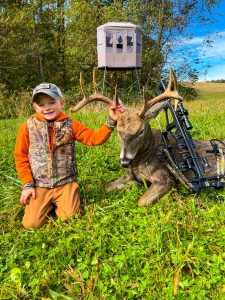 be in the right area of our farm, but not a great location based on the wind and that makes this food plot not very user friendly. But, if we would have put into consideration the most predominant wind direction for that area and used that in conjunction with where deer bed, we could have placed this food plot in an area that could be hunted without getting winded! A food plot does no good to hunt over, if the hunter is winded constantly by all of the deer coming to the plot, or feeding in it!
be in the right area of our farm, but not a great location based on the wind and that makes this food plot not very user friendly. But, if we would have put into consideration the most predominant wind direction for that area and used that in conjunction with where deer bed, we could have placed this food plot in an area that could be hunted without getting winded! A food plot does no good to hunt over, if the hunter is winded constantly by all of the deer coming to the plot, or feeding in it!
By looking at the whole picture of an area and not just the exact spot a plot will go, can really help us see if this food plot still makes sense, in this said location. We need to always be thinking about the cause and effect when it comes to our location and food plot design. For example, if we have a large area for the plot, we can shape it in an hour glass design, or use Borderline to funnel deer past a certain location for a tree stand or blind setup. This naturally would force deer to walk past the hunter. Another example would be putting a food plot in that we plan to hunt over in conjunction with where the deer bed. This is very important, because we need to enter and exit the plot as undetected as possible. We also can’t let the wind drift towards where they bed, as we hunt or we would be winded by the deer king before they make it to our food plot to feed.
By looking at the big picture of what we are trying to accomplish AND what our property has for strengths and weaknesses based on what homework we have done, we can make a great guess on where fall plots should go and where they shouldn’t. I’ve always said a little bit of effort goes a long way and so does a little bit of thought and planning! Use the resources that we are blessed to have today to your advantage and I promise your results will skyrocket! Trail cameras, OnX maps and good, old fashioned common sense scouting can quickly give you all of the answers that you need on what and where to plant your fall plot! Map out your food plots this fall with a detailed gameplan and I promise YOU will see more success!
– Clint Casper

